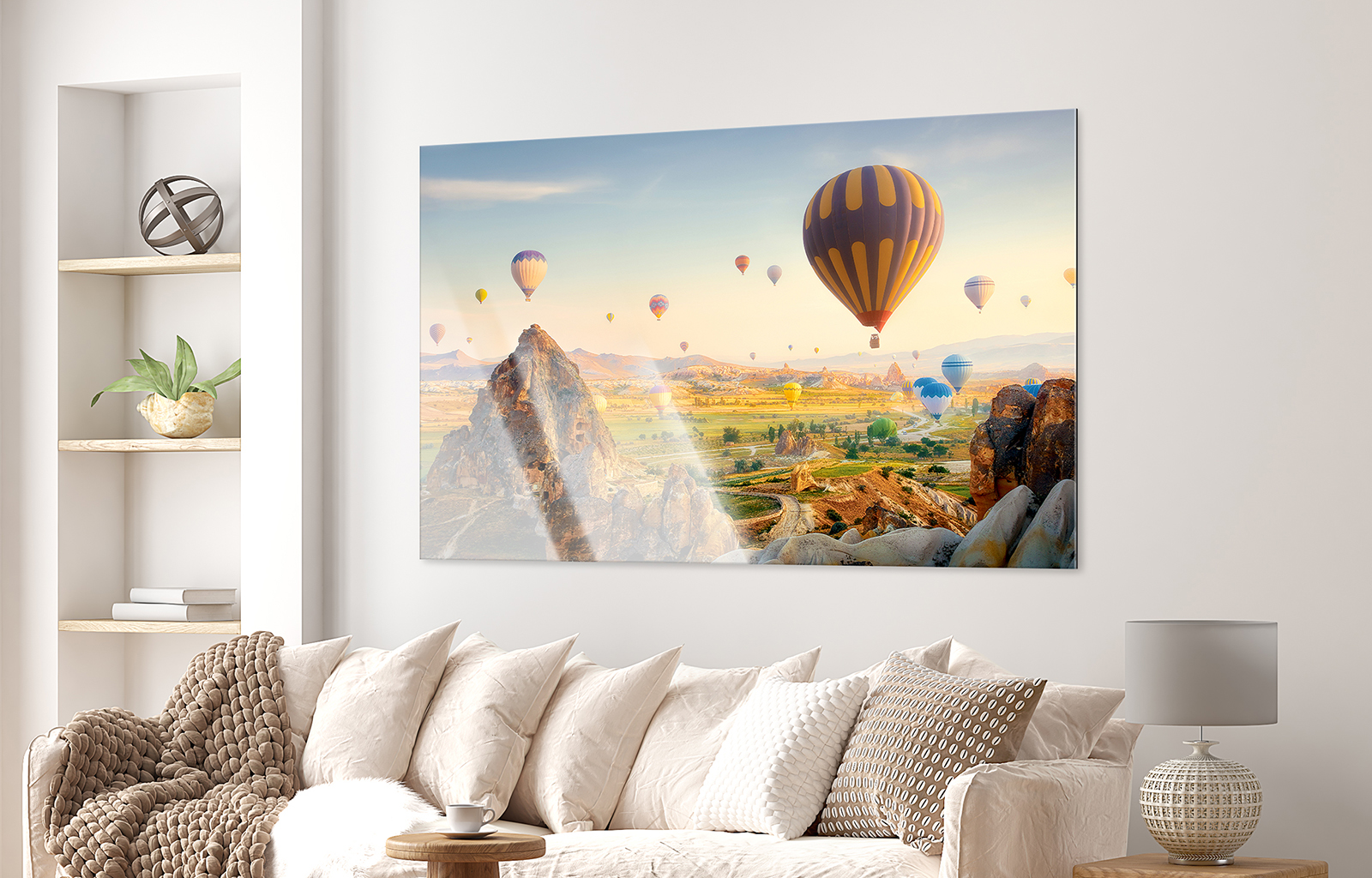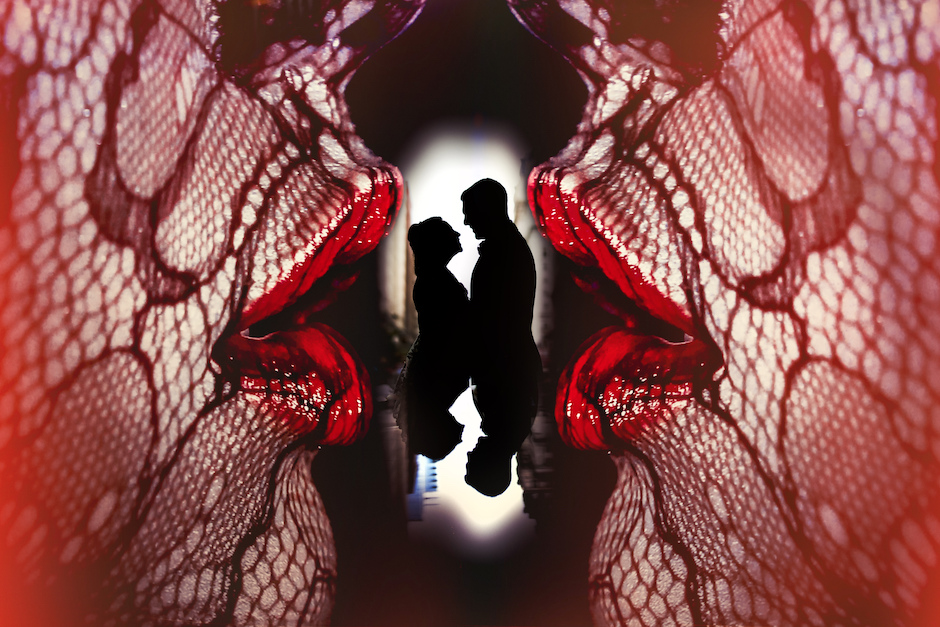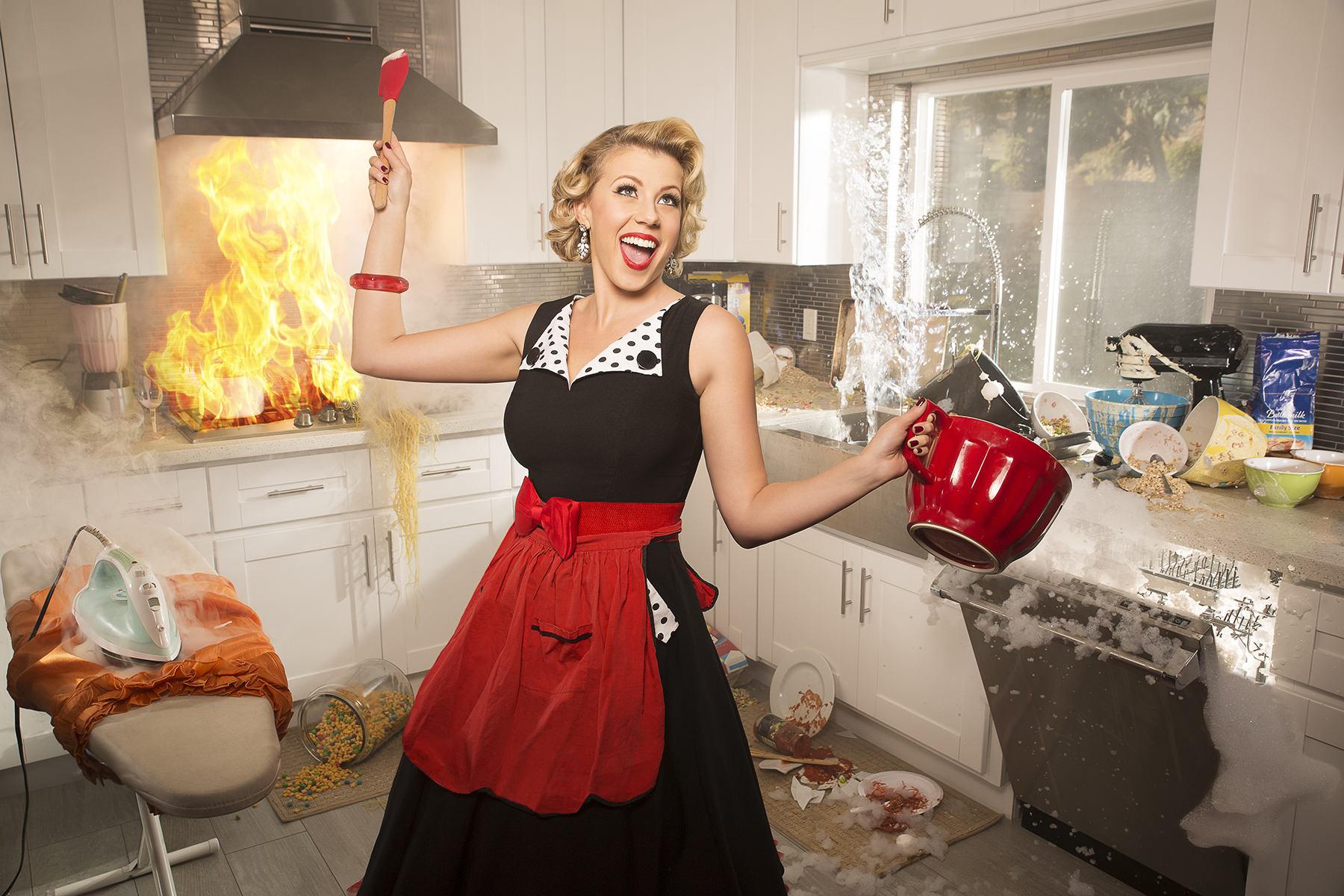Sponsored Post
During a portrait session, less can be more—less grappling with gear, less fiddling with settings, even less shooting. That’s Alan Winslow’s philosophy, a Brooklyn-based shooter who uses a minimalistic approach to make room for the photographer-subject bond. Winslow’s stripped-down workflow allows him the freedom to create portraits that not only present his subjects in a flattering light, but also offer insight into their character.
“My practice is about communication and the conversation and the connection that I have with someone, rather than trying to take a ton of frames,” he explains. An accomplished portraitist, Winslow shoots for editorial and commercial clients, teaches workshops and usually keeps a couple of personal projects on a slow boil as well. He works in a range of formats, most often using a digital SLR or a 4×5 film camera.
Though he’s adept with a wide range of gear and tech, Winslow’s workflow is primarily built around two simple standbys: a sketchbook and a handheld light meter. He keeps Sekonic’s Flashmate L-308X-U in his bag, since it’s equipped with a versatile range of modes that will accommodate whichever still or motion camera he’s working with. “I do testing before I go on any shoot and draw a little diagram of how I want the lights to be set up,” he says.
When Winslow arrives at a location, he sets his lights up according to his sketch, and then quickly fine-tunes his settings so that they work with the location’s available light and space to achieve the desired look. “I’ll take an incident meter reading of the person,” he explains. “That’s when I can see the power of the lights and figure out what depth of field I want to have, what aperture setting I want to have. And then from the light meter I’ll be able to know whether I have to power up or power down the lights to get proper exposure at that aperture setting.” The process minimizes the amount of time he has to spend making adjustments while allowing for a high level of precision.
His system also gives him a level of creative control that he wouldn’t have if he were just eyeballing the scene and using an in-camera meter. “For a lot of my work, I need to have that precision because my projects are longer term and I want to have consistency throughout the piece,” he explains. “I want to present a body of work in which the colors and lighting are the same, and everything lines up together. If you don’t have a level of precision, that’s going to be really difficult.” Winslow says he also likes to minimize the amount of work that he needs to do in post. “It’s so much easier to get it right in camera than to fuss with it in whatever editing software you’re using,” he notes, adding “and much less stressful.”
For one of his long-term projects, Winslow is traveling around North America to create portraits of volunteer firefighters. They’re generally not used to being photographed, so putting them at ease in front of the camera takes some extra care. “It’s important to develop a quick relationship,” says Winslow, especially since he only has about 20 minutes with each subject. “A lot of my time is spent just getting them comfortable and talking about their experiences and getting them into a position that I think is flattering,” he says. “During that time I don’t want to be thinking about my gear. I want to be really engaging with them.”
Most of the firefighters wear their working gear or dress blues, and Winslow captures them in an almost painterly style on a black background. “I want to have a lot of control of my light and be able to measure specific areas,” he says. “Especially when they’re in their dress blues, I want to make sure I’m measuring on the sides of them so that I have just enough light to not have them go completely into the background.” To achieve this, Winslow says he’ll meter the light around their faces and then around the edges of their clothes. “I need to have that precise measurement. Not relying on my camera’s reflective light metering but getting in there and doing incident readings really locks in my exposure, and locking my lighting in is crucial.”
After the first portrait, Winslow pulls back to take a full-length shot that reveals some of the firehouse surroundings. “I love the fire departments, and so I want to show a little bit of that,” he says. “But I want the viewer to know that this is not necessarily about the environment. It’s about these people, and so isolating them on the black backdrop gives that separation, and more formality. I want to make it clean and classic, and just really focus on honoring these men and women.”
—Sponsored by Sekonic






